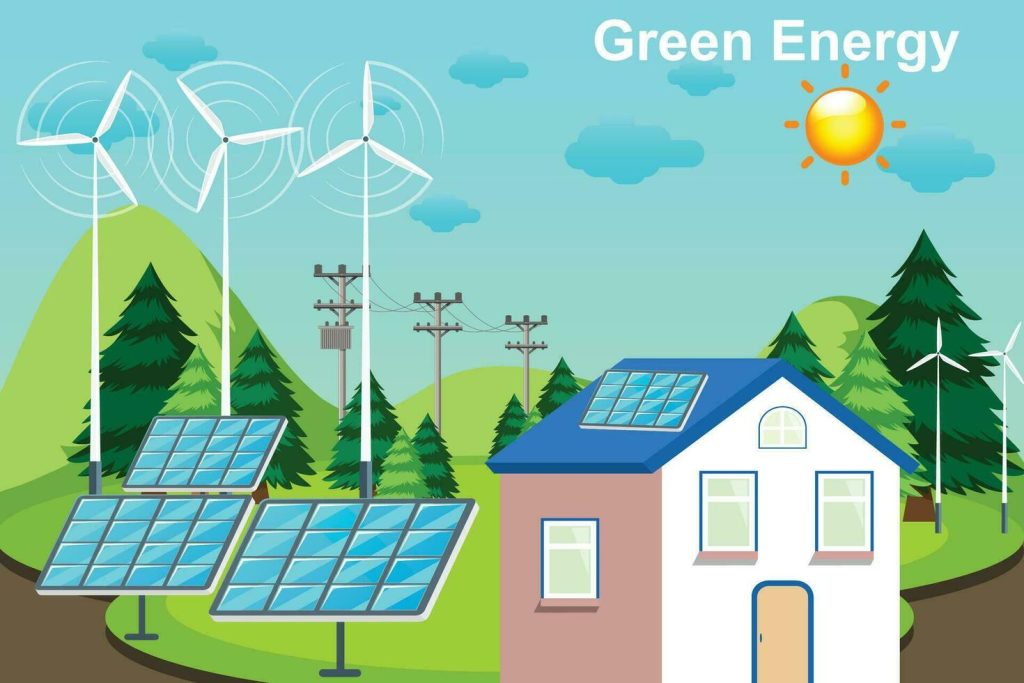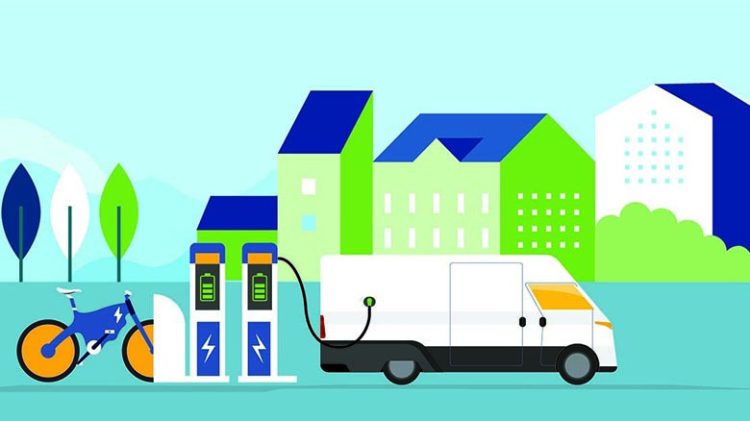The morning sun strikes the horizon, casting a golden glow over rooftops, fields, and deserts alike. Across the world, sunlight is no longer just a symbol of warmth and life—it is fast becoming the engine of civilization’s clean energy future. Solar power has moved from laboratories and demonstration projects into the daily rhythm of human life, reshaping economies, cities, and individual choices. From the bustling suburbs of California to remote villages in India, from industrial rooftops in Germany to solar deserts in Morocco, the story of solar energy is one of ambition, innovation, and transformation.
Across continents, governments and private sectors have invested billions to accelerate solar adoption. Policies incentivize installation, tax credits reduce costs, and international collaborations aim to develop standards for efficiency and storage. China dominates global production, manufacturing vast numbers of photovoltaic panels that are shipped to all corners of the planet. Yet the global spread of solar energy is more than an industrial story; it is a tale of communities and households harnessing the very light that has always surrounded them.
In Kenya, small-scale solar kits have revolutionized life for families who once depended on kerosene lamps. The gentle hum of a solar-powered fan, the warm glow of a tiny LED light, the cold storage of medicine in a village clinic—these are the tangible benefits that turn sunlight into survival. For students, evenings under solar lamps become study time; for shopkeepers, they become hours of business that extend beyond sunset. This democratization of energy is not a distant promise—it is present, real, and life-changing.
Solar energy technology itself has evolved dramatically. Traditional silicon-based photovoltaic cells, once expensive and fragile, now coexist with emerging technologies like perovskite solar cells, which promise higher efficiency at lower costs and flexibility in application. Researchers are developing hybrid systems that combine traditional panels with these new materials, aiming to capture a broader spectrum of sunlight and operate even under low-light conditions. Beyond efficiency, innovation targets durability, recyclability, and integration into urban landscapes. Buildings are no longer passive consumers of energy—they are active generators. Glass facades, window panels, and even sidewalks are being transformed into energy-harvesting surfaces.
The cityscape is undergoing a quiet metamorphosis. Solar panels on residential roofs and commercial buildings contribute to local microgrids, reducing dependence on centralized fossil-fuel plants. Smart inverters and intelligent monitoring systems allow energy to flow dynamically, storing surplus in batteries during peak sunlight and redistributing it during evenings. Electric vehicles, charged by the very sun that illuminates the streets, glide silently past pedestrians, while streetlights adjust brightness according to real-time solar production. The visual and experiential impact of solar energy changes how urban life is organized, making sustainability a part of everyday experience rather than an abstract policy goal.
At the industrial scale, large solar farms stretch across deserts and plains. Morocco’s Noor complex, one of the largest in the world, transforms thousands of acres of arid land into a constellation of energy-generating nodes. Solar power is transmitted hundreds of kilometers to cities and industries, blending storage solutions and cutting-edge energy management systems. In the United States, vast solar installations in California, Nevada, and Texas demonstrate that sunlight, when captured efficiently, can supply reliable electricity to millions. This scale of deployment shifts solar energy from a supplemental source to a backbone of regional power infrastructure.
Economic impact follows energy generation. Solar energy is not only transforming how we power homes and industries but also how we think about work, trade, and innovation. Manufacturing, installation, maintenance, and R&D create jobs in regions where employment opportunities were once limited. The decentralization of energy production allows smaller communities and even individual households to participate in energy markets, selling surplus production back to the grid. Energy independence, long associated with national strategy, now becomes a local, personal, and economic opportunity.
However, solar energy expansion is not without challenges. The materials required for panel production—silicon, silver, rare-earth elements—require careful sourcing and ethical oversight. Recycling panels at the end of their life cycle is an emerging concern, as the volume of decommissioned panels will increase dramatically in the coming decades. Land use presents another issue: large-scale installations require careful planning to minimize disruption to ecosystems, agricultural lands, and cultural sites. Addressing these challenges is not merely a technical task but a societal and ethical imperative.
In parallel with technical challenges, policy frameworks are evolving. Governments are crafting incentive programs, carbon pricing schemes, and long-term energy strategies to facilitate the transition. International cooperation aims to share knowledge, standardize regulations, and prevent monopolization of critical technologies. In Europe, feed-in tariffs and net-metering schemes encourage homeowners to contribute to the energy network, while in Asia, government-backed loans and subsidies make solar more accessible to rural populations. These efforts illustrate that solar energy is as much a product of human governance as it is of scientific innovation.

Education and culture play a critical role in adoption. In schools across Latin America and Africa, students learn not only about climate change but also about how solar panels convert photons into electricity. In households, awareness programs encourage responsible energy use, emphasizing peak production hours and battery management. Community solar projects—shared arrays that supply multiple homes—encourage collective responsibility and foster a sense of ownership. These cultural shifts redefine what it means to participate in energy production, transforming energy from an invisible utility into a shared social resource.
The environmental benefits of solar energy are profound. Each kilowatt-hour generated reduces reliance on fossil fuels, lowering carbon emissions, air pollution, and water consumption associated with conventional power plants. In urban centers plagued by smog, solar rooftops contribute to cleaner air and improved public health. In rural regions vulnerable to climate impacts, solar-powered pumps, lighting, and microgrids improve resilience against environmental stressors. Solar energy’s integration into water management, agriculture, and transportation demonstrates its versatility and centrality in sustainable development.
Social equity intersects with technology in compelling ways. Community-driven solar projects in marginalized areas, for instance, empower populations historically excluded from reliable energy access. For women in rural villages, micro-solar projects reduce the time spent collecting firewood, enabling education, entrepreneurship, and health improvements. For Indigenous communities, solar installations can respect cultural ties to land while providing modern infrastructure, blending tradition with innovation.
Looking to the future, solar energy is poised to intersect with other technologies—energy storage, AI-driven grid management, smart cities, and electric mobility—forming a complex, interdependent ecosystem. Research into floating solar farms, agrivoltaics, and hybrid renewable systems promises to increase yield, efficiency, and integration into human life without additional land pressure. Meanwhile, battery technology and grid modernization will ensure that solar energy is not intermittent but reliably available, matching consumption patterns and industrial demand.
The solar revolution is both technical and human, ecological and social, ambitious and intimate. It is visible on rooftops, deserts, and oceans, yet it also resides in the daily routines of families, workers, students, and engineers. It reshapes economies, empowers communities, and transforms the rhythm of everyday life. Unlike the fossil-fuel era, defined by extraction and scarcity, the solar age is defined by abundance, decentralization, and human agency.
Perhaps the most remarkable aspect of this transformation is its intimacy. Each home with solar panels becomes a node in a global system, each farmer with a solar pump reduces carbon and improves livelihood, each student learning about photons and circuits carries knowledge into the future. Solar energy is not only about light; it is about vision, autonomy, and responsibility. It is both a source of electrons and a generator of hope.
In every sunlit hour, the planet receives far more energy than humanity could ever consume. The challenge has never been availability—it has been harnessing, storing, and integrating that energy wisely. Today, solar technology, policy, and culture converge to meet this challenge. The path forward is not only brighter but more democratic, more participatory, and more connected to human needs than any energy paradigm before it.
Across the deserts of Morocco, the rooftops of California, the villages of Kenya, and the ports of Japan, the same principle applies: the sun powers life, transforms society, and energizes the future. The solar revolution is no longer a distant promise—it is here, glowing on every rooftop, shining across every landscape, and illuminating the path toward a sustainable and equitable world.












































